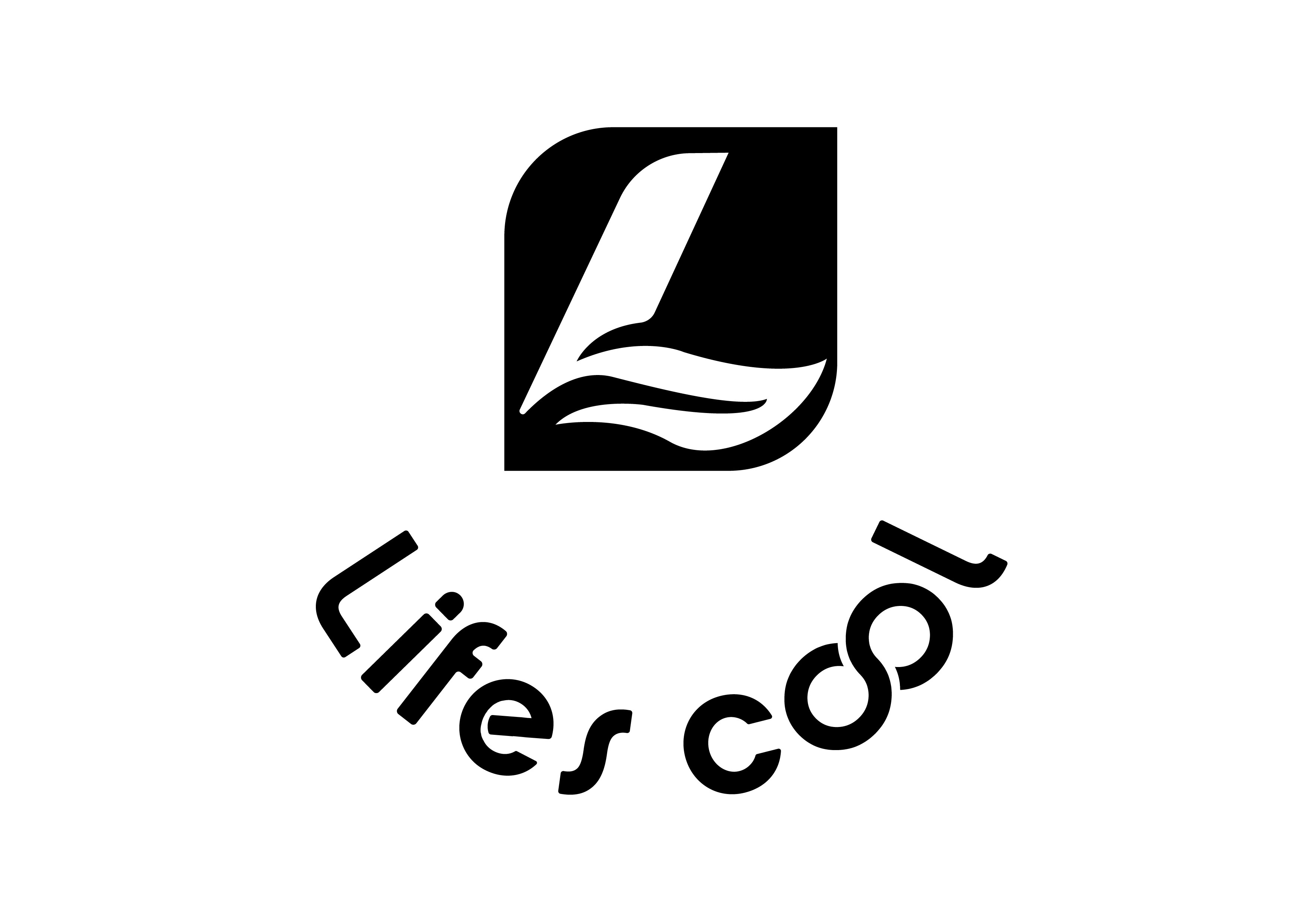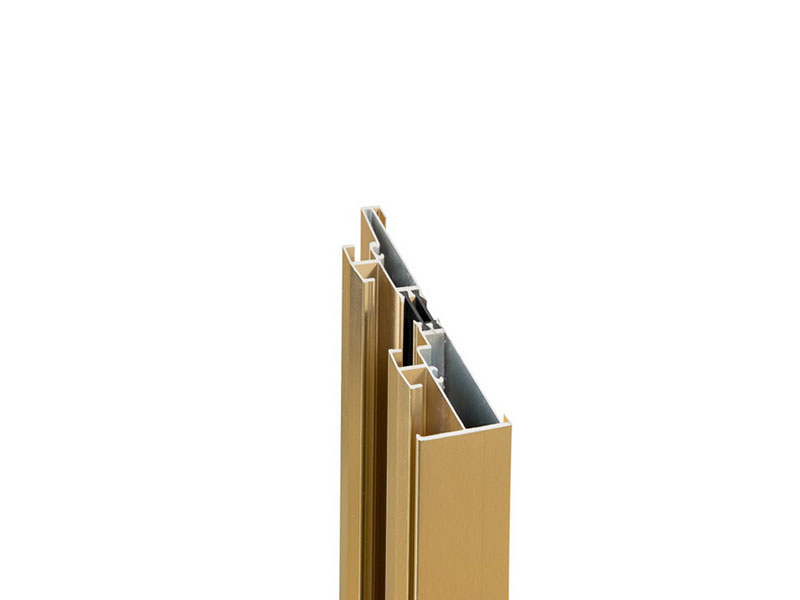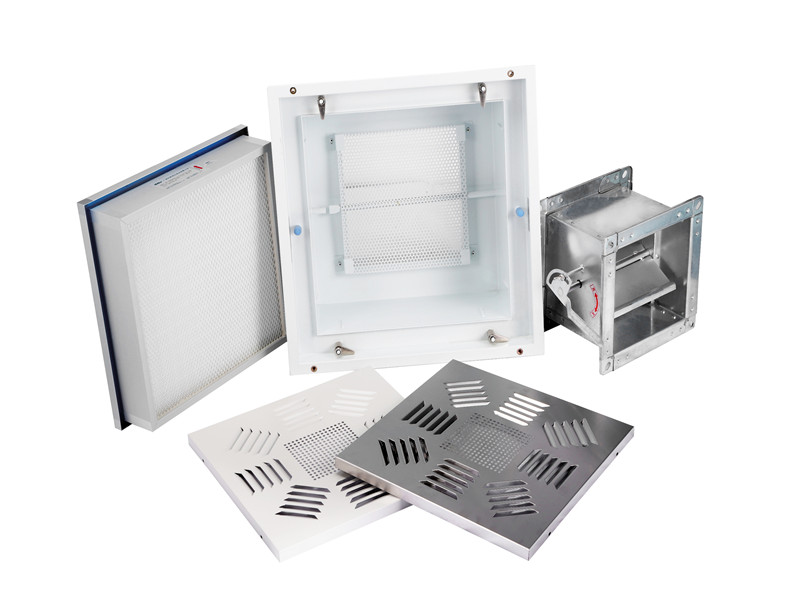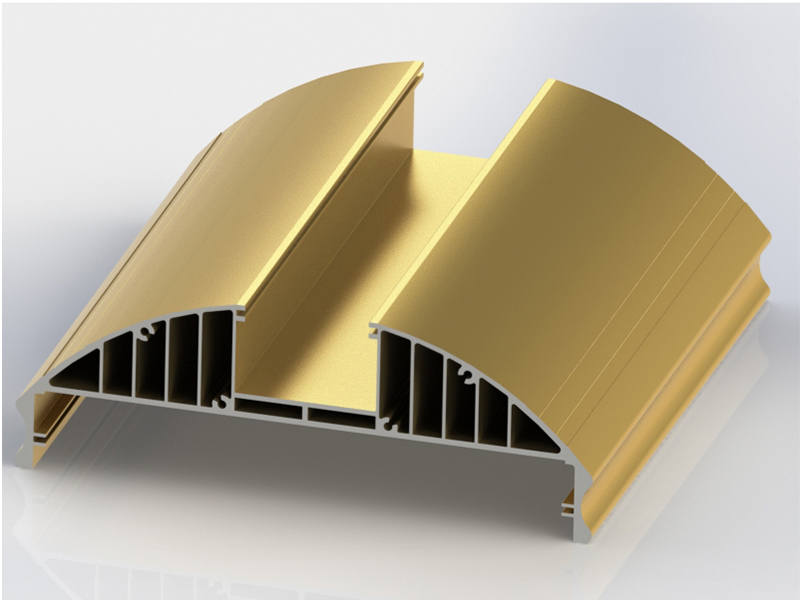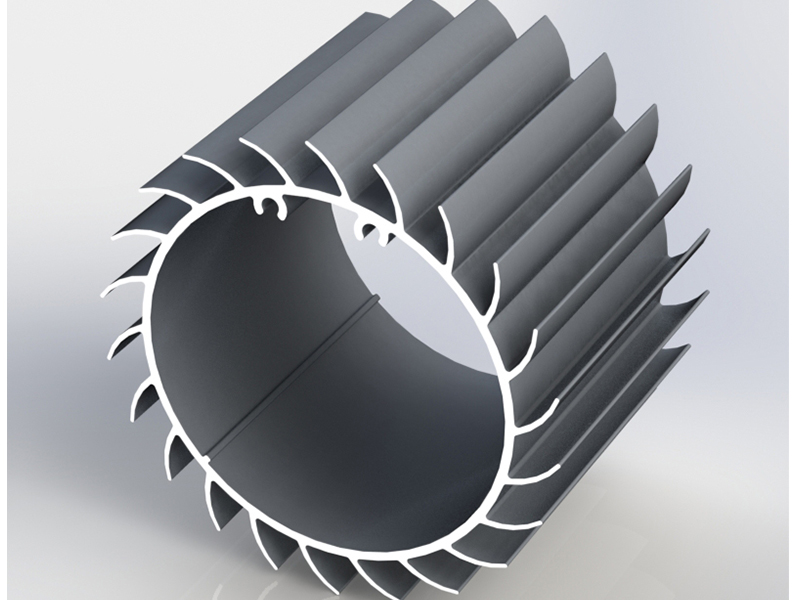
What issues should be paid attention to when processing insulated bridge aluminum profiles?
The field of industrial aluminum profiles is basically the production of insulated bridge aluminum profiles, processing of insulated bridge aluminum profiles, and frame installation of insulated bridge aluminum profiles. Among them, the processing of insulated bridge aluminum profiles is basically a sector with greater flexibility. Because insulated bridge aluminum profiles can be processed into various frames, and the processing methods are generally cutting, punching and tapping. Are all insulated bridge aluminum profiles suitable for processing? Are there any issues that need attention in the processing of insulated bridge aluminum profiles? Now let the editor answer your questions!

The first thing to emphasize is that not all insulated bridge aluminum profiles are processed! The reason for saying this is because the insulated bridge aluminum profiles produced by the manufacturers of insulated bridge aluminum profiles are not necessarily all qualified, which does not mean that they meet the processing requirements. For example, when the wall thickness is too thin, drilling and tapping cannot be completed. For another example, the produced insulated bridge aluminum profiles are not qualified products and have scratches or defects on the surface. These insulated bridge aluminum profiles are equivalent to scrap aluminum and cannot enter the market. Therefore, the first thing to pay attention to when processing insulated bridge aluminum profiles is whether the insulated bridge aluminum profiles to be processed are qualified products.
Second, pay attention to personal safety and product safety during the processing of insulated bridge aluminum profiles. Because all the machines used in profile processing require some machine operations, if you do not concentrate on the operation, it is easy to cut your hands and cause personal injury. In addition, if you are not careful, it is easy to cut the wrong size, or tap the wrong position, or cause other damage to the profile and lead to the production of waste profiles.
